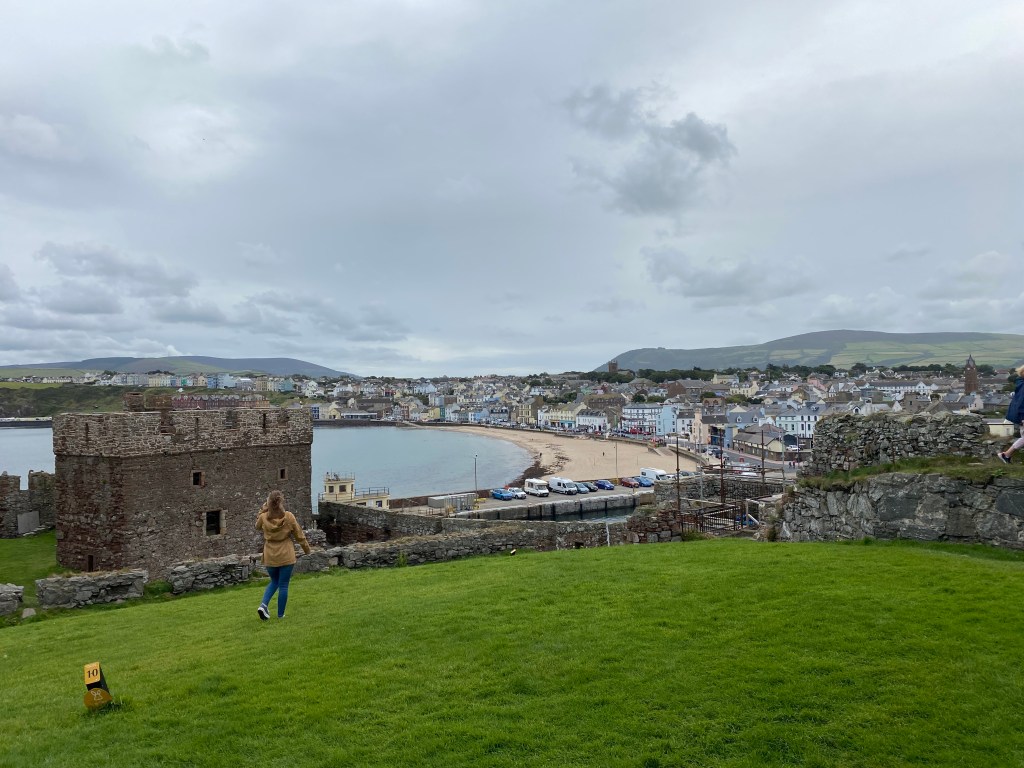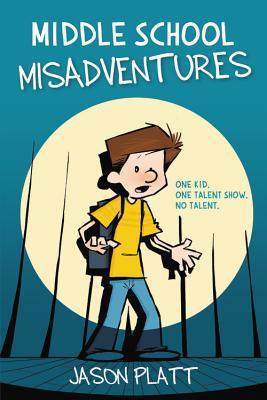I’ve disappeared these past two years, Waldo-like, into the landscape of boxes, paperwork, and the preparations of moving, changing jobs, and launching a child into the world. My time on this site has suffered. But I’ve been restless with all the changes and challenges of the past two years to get back into posting here and writing more in general. What writing time I have had has been spent revising stories that I haven’t yet polished to my satisfaction.
One is a historical fiction, middle grade novel that I started a lifetime ago. I’ve spent years researching it, and more years weaving my heart into it. It’s a tale with elements from my childhood and adulthood mixed with historical events, some of which I lived (yikes, it’s hard to think of one’s life as history already), so it takes an emotional toll to relive and honestly write about events that directly impacted me, but I’m ready to tackle it again.
I’ve had a middle grade, graphic novel script on the back burner as well, that’s itching to get out of me. It’s a Scorpio Races/Spirited Away mosh of a fantasy that’s taken me down a genealogical rabbit hole and inspired me to visit places where my ancestors lived and told stories of their own. It’s funny how stories that won’t let you go can evolve. This story started off as a picture book idea that I rewrote a thousand ways, until I realized it needed more than 32 pages to thrive. I tried writing it as a middle grade novel, but it’s always begged to be told in pictures, which spurred my interest in writing graphic novels. Once I got into writing graphic novels, which I already loved reading, I couldn’t stop.
Continue reading





 Ken is not only a talented artist and writer, but he’s also incredibly giving of his time and expertise to his fellow kidlit creators, and serves as the regional illustrator coordinator for his SCBWI chapter. I’m honored Ken took time out to share his experience with graphic novel creation and to give us a sneak peek at his upcoming collaboration with author
Ken is not only a talented artist and writer, but he’s also incredibly giving of his time and expertise to his fellow kidlit creators, and serves as the regional illustrator coordinator for his SCBWI chapter. I’m honored Ken took time out to share his experience with graphic novel creation and to give us a sneak peek at his upcoming collaboration with author  I realized early on that the traditional publishing route is a long journey and that there is a high possibility that many of my ideas will not make it to the bookshelves. So I told myself that I would have a plan B which is self-publishing. It just so happened that Createspace/Amazon offered such a service that fit
I realized early on that the traditional publishing route is a long journey and that there is a high possibility that many of my ideas will not make it to the bookshelves. So I told myself that I would have a plan B which is self-publishing. It just so happened that Createspace/Amazon offered such a service that fit 








 Natascha is a former editor turned agent for
Natascha is a former editor turned agent for 